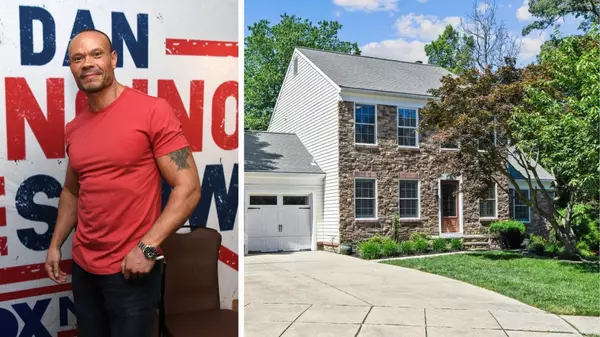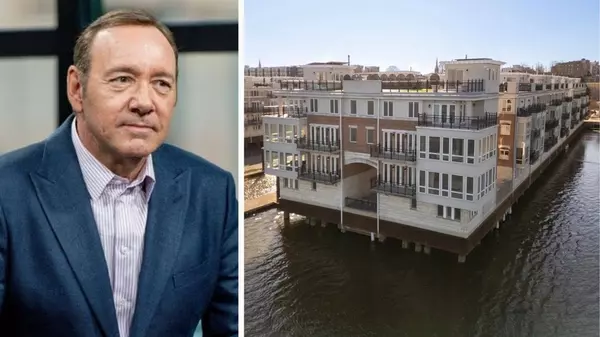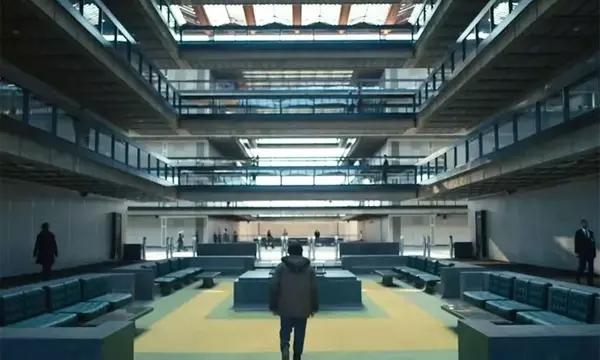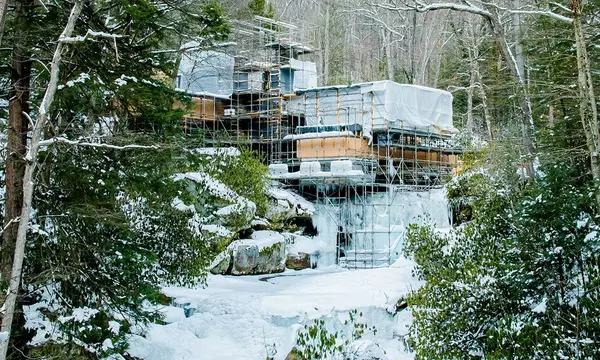Can 3-D Printing Revolutionize Real Estate? Walmart Put That Question to the Test

Dustin Chambers for WSJ
A Walmart Supercenter’s new expansion is one of the largest 3-D printed commercial real-estate projects in U.S. history. Its bumpy road to completion illustrates the new technology’s promise and shortcomings.
The retail giant added the 8,000-square-foot space to its Athens, Tenn., location to hold items customers buy online for pickup or delivery. Walmart, which has more than 200 other additions like this in the pipeline, wanted to see if 3-D printing could get the job done faster and more cost-effectively.
But working outdoors in Tennessee’s summer heat and high humidity proved to be a problem for this budding technology. The job finished weeks behind schedule after construction crews contended with finicky material and clogged hoses. The cost of building by 3-D technology also was roughly the same as traditional construction.
“There’s a number of things that we’ve learned,” said Patrick Callahan, chief executive of the four-year-old company Alquist 3D, which was hired by Walmart for the project.
A lot is riding on working out those kinks. Venture capitalists have pumped billions into 3-D printing startups in recent years, believing they will soon be able to mass-produce components for the semiconductor and aerospace industries.
The technology has been touted as a way to alleviate the U.S.’s housing shortage. Proponents say 3-D printed houses have the potential to be built faster and cheaper than traditional construction. In Texas, a community of 100 3-D printed homes is under construction.
But few commercial real-estate projects have been completed using 3-D printing, in part because the technology hasn’t proven to be cheaper and faster than traditional construction.
3-D printing, also known as additive manufacturing, builds things by layering material via a computer-programmed robotic arm. Traditional manufacturing, by contrast, whittles away from raw materials, such as a sheet of metal.

In Tennessee, Alquist worked alongside FMGI, a longtime general contractor for Walmart projects. FMGI CEO Darin Ross said the construction site blended his company’s “traditional construction guys” with Alquist’s tablet-toting, “new technology guys and gals.”
It didn’t always mesh. Alquist’s original pump was incompatible with the material. The material overheated in Tennessee’s scorching summer heat, forcing them to use water to cool it to the correct temperature for application. And the material’s fast-setting nature left little room for error.
Obtaining local building permits and weather issues also contributed to the project’s delayed timeline, Alquist said.
The workers eventually found their groove. Printing progressed more efficiently as construction continued, Callahan said. Walmart has hired Alquist for another similar project, and Callahan and Ross said they expect the lessons learned in Athens will result in a speedier and smoother process.
Alquist has also experienced the highs and lows of 3-D printing in the housing market since its founding. An early success came when they joined with the nonprofit Habitat for Humanity’s construction crew to 3-D-print three houses in Virginia.

The homes are equipped with monitoring systems installed by researchers at Virginia Tech. The 3-D printed homes are performing better than traditionally built structures in terms of indoor environmental quality, humidity and gases, said Janet V. Green, CEO of Habitat for Humanity Peninsula and Greater Williamsburg.
But a subsequent project to 3-D print homes in Iowa wasn’t as successful. Alquist tried three different types of material and different delivery systems to construct the exterior walls of the first house in 2023, but superficial cracks emerged and the building was torn down.
“That situation I think exposed the difficulty that 3-D construction printing is at today,” said Pete Evans, an assistant professor in industrial design at Iowa State University, a partner on the project. “There are complications around temperature, humidity, water, all kinds of environmental factors.”


Alquist didn’t complete the Iowa project, which is continuing without them. “The customer and Alquist could not agree on some of the engineering of the design and mutually agreed it was in the best interest to part ways,” Callahan said.
This past year the company moved to Colorado and the city of Greeley offered the company an incentive package to open a warehouse there.
“This is part of the challenge of introducing new technology to the world,” said Alquist founder Zack Mannheimer. “Some projects are going to go great, and some projects are going to be challenged.”
As for Walmart, Vice President for U.S. Construction Mike Neill said that he felt the new technology was intriguing enough to try.
“Walmart is always looking to innovate and leverage developing technologies, and as we dug deeper into the opportunities within 3-D concrete printing, we decided it was a direction worth exploring,” he said.

Categories
Recent Posts











676 N Michigan Ave. Ste 3010, Chicago, IL, 60611, United States